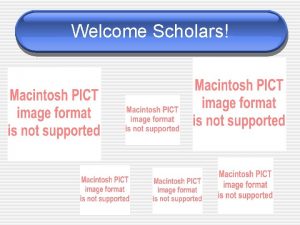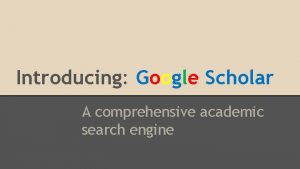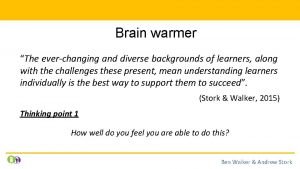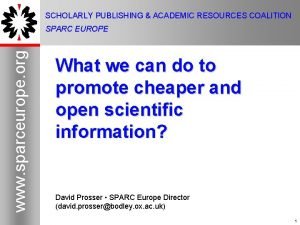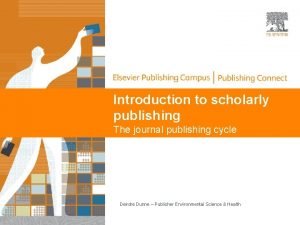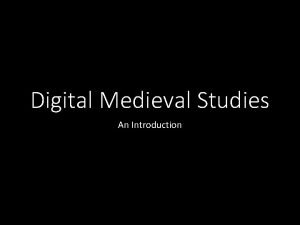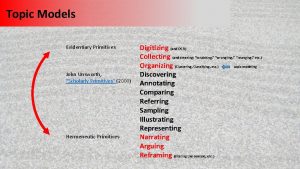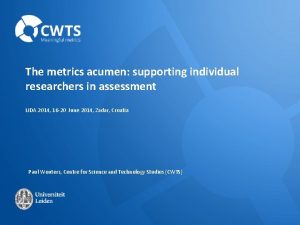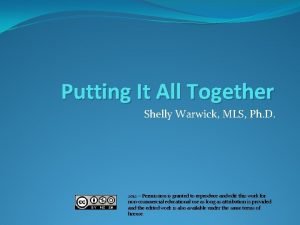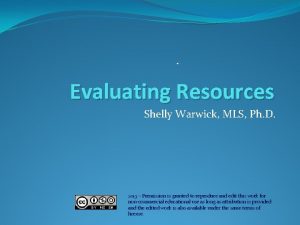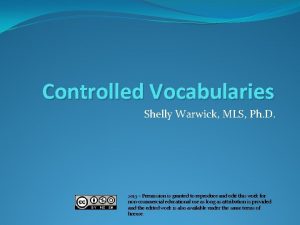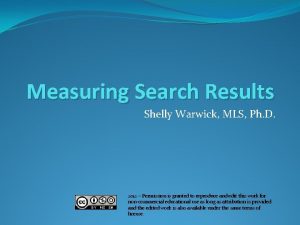SCHOLARLY INFORMATION LIFE CYCLE SHELLY WARWICK PH D








- Slides: 8

SCHOLARLY INFORMATION LIFE CYCLE SHELLY WARWICK, PH. D. 2012 – Permission is granted to reproduce and edit this work for noncommercial educational use as long as attribution is provided and the edited work is also available under the same terms of license.

After this Unit You Should Be Able to: �Identify the difference between a primary and secondary source? �Explain the difference between a secondary and tertiary source? �Know where in the information life cycle is it best to start your research?

Types of Information Primary �Original work with no interpretation from others � Notebooks, journals � research data �Historical documents �Laws, legislation, contracts, business records �reports of original research (often found in peer-reviewed scholarly journals)

Types of Information - Secondary �Provides comment, reinterpretation analysis, access or summary of original work �reviews, �textbooks �encyclopedias, etc. �Articles in newspapers and magazines

Types of Information Tertiary Points to and facilitates access to primary and secondary resources � Indexes – such as Pub. Med � library catalogs

Image from the Timken Science Library, College of Wooster http: //www 3. wooster. edu/library/sciref/Tutor/Ev. Sci. Info/evsciinfo. php - which adapted it from Evolution of Scientific Information. [From Allan Kent and Harold Lancour, eds. , Encyclopedia of Library and Information Science (New York, 1979), s. v. ”Scientific Literature, ” by K. Subramanyam, 394].

No Stage of the Cycle is Better than Another �Need to select a resource at appropriate stage to meet your need �Facts and concepts emerge from the primary literature, are promulgated through the secondary literature, and found through tertiary sources. �Most searches start with tertiary resources, move to secondary, then to primary

NEXT MOVE ON TO MODULE 3 – PUBLICATION RESOURCE TYPES
